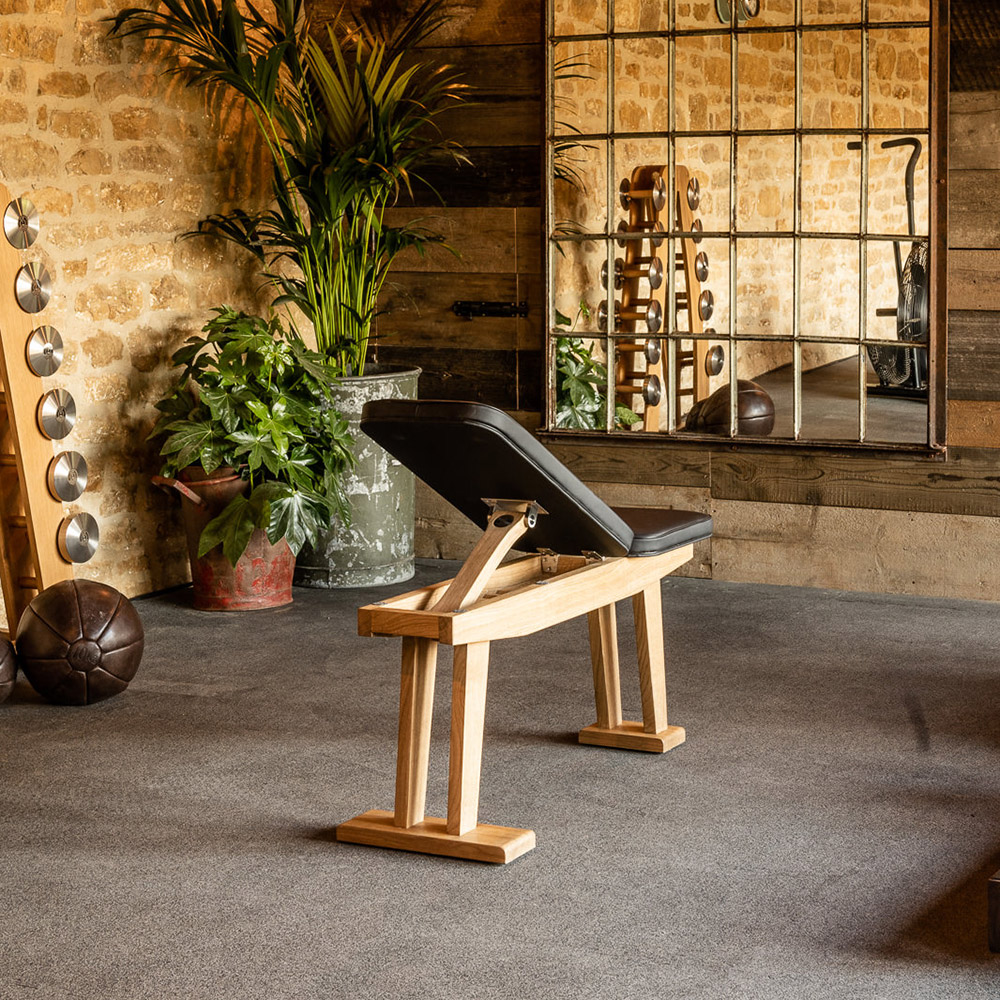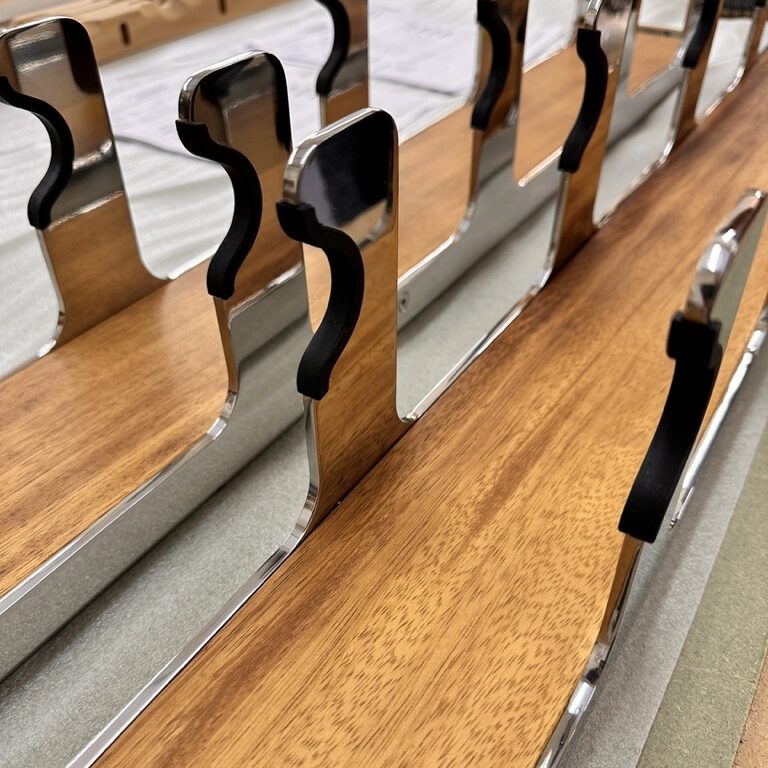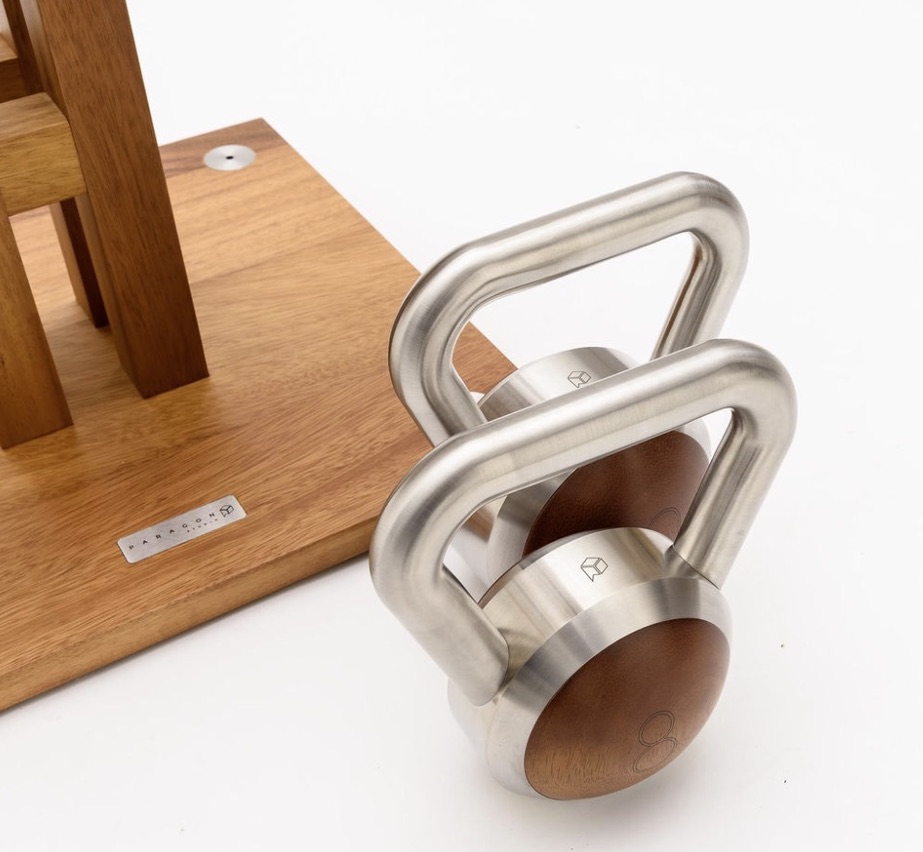Paragon Studio News
Understanding the Color Changing Process of Iroko
Iroko wood, known for its remarkable durability and distinctive golden-brown hue, undergoes a fascinating color transformation over time. This natural evolution is a testament to the wood’s unique characteristics and adds to its allure as a favored material in various applications, from furniture making to outdoor decking. Let’s delve into the intriguing journey of Iroko wood’s color changing process.
Origin and Characteristics:
Iroko, scientifically known as Milicia excelsa, is native to tropical regions of West Africa, primarily found in countries like Nigeria, Ghana, and Cameroon. It is a large hardwood tree that belongs to the family of the Meliaceae. The wood is highly prized for its exceptional strength, stability, and resistance to decay, making it an ideal choice for both indoor and outdoor projects.
Freshly milled Iroko wood typically exhibits a vibrant golden-brown color with hints of yellow and orange. This initial hue is often what attracts woodworkers and designers to incorporate Iroko into their creations. However, it is essential to recognize that this color is not static and will evolve over time due to various factors.
Below you can see an experiment undertaken on an Iroko plank, where one half has been covered for 7 weeks and starved of natural light whilst the other half has been allowed to mature in the normal manner:
Factors Influencing Color Change:
Several factors contribute to the color changing process of Iroko wood:
1. Exposure to Light: Like many hardwoods, Iroko undergoes photochemical changes when exposed to ultraviolet (UV) radiation from sunlight. Over time, this exposure causes the wood’s pigments to darken, resulting in a richer, deeper hue.
2. Oxidation: As Iroko wood ages, it undergoes oxidation, a natural chemical reaction that alters its color. Oxygen interacts with the wood’s surface, leading to gradual darkening and the development of a silvery-gray patina, particularly in outdoor environments.
3. Environmental Conditions: Factors such as humidity, temperature fluctuations, and exposure to moisture play a role in the color changing process. Iroko’s response to these environmental variables can vary, leading to unique patterns of coloration and texture.
Evolution of Color
As Iroko wood matures, its color undergoes a remarkable transformation. The once golden-brown hue deepens into a rich, chocolatey brown, with undertones of red and purple emerging in some instances. This evolution is a testament to the wood’s inherent beauty and character, reflecting the passage of time and the environment in which it resides.
Preservation and Maintenance:
While the natural color changing process of Iroko wood adds to its aesthetic appeal, proper maintenance can help preserve its beauty and integrity. Regular cleaning, application of protective coatings, and minimizing exposure to harsh environmental conditions can prolong the lifespan of Iroko and enhance its visual appeal.
Conclusion
The color changing process of Iroko wood is a captivating journey that highlights the material’s resilience and adaptability. From its initial golden-brown hue to the deep, lustrous tones it develops over time, Iroko embodies the beauty of natural evolution. Understanding and appreciating this process adds a layer of depth to the use of Iroko in various applications, from artisanal furniture to architectural masterpieces, ensuring that its timeless appeal endures for generations to come.





